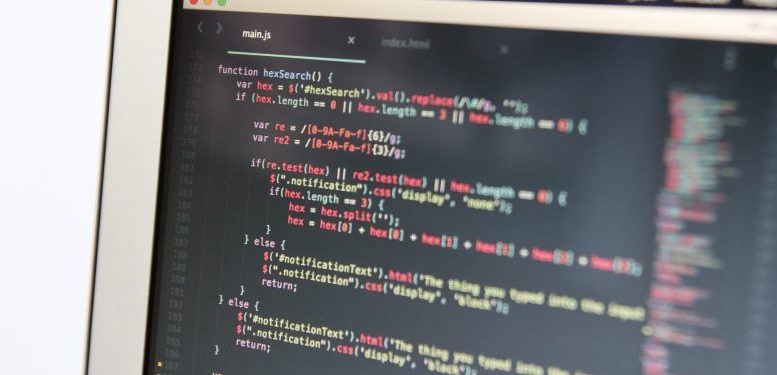During the last couple of years, Python has become really popular. In fact, Python actually replaced Java as the most popular language in colleges since 2016. Some even say it will overtake Java soon in terms of adoption. There are many reasons for its popularity.
Python is a very efficient, easy-to-read scripting language based on object-oriented programming that is not difficult to learn and implement. This is why Python development services can come handy. Such services offer companies the ability to quickly implement Python code into their workflow before training or hiring Python devs in-house.
Python is very relevant today due to its very robust and efficient use of frameworks, libraries and APIs that are useful for cutting-edge technologies like artificial intelligence. If you are thinking of either learning Python yourself or implementing a Python solution for your company, here are some upcoming trends to look for:
Python Will Continue to Be Used in Data Science
Data science is huge right now. It is a very lucrative and exciting field for developers to get into and companies are leveraging these skills more than ever. Data science is based on the idea of extracting knowledge and insight from large pools of data. It uses proficient algorithms and a wide range of tools to find better insights for business intelligence. Data science is often coined as programming statistics. If you want to learn how you can use Python for data science, I recommend you to opt for a course, like Data Science with Python Training Course. Courses like these will provide you in-depth knowledge about how you can use Python in Data Science.
Python is particularly good for this task as it is a server-based language. Data science requires a database to store large sets of information and servers to run simultaneously storing and batch processing this data. Visualizing these using libraries like Bokehis another reason to use Python, as data needs to be showcased visually to help with data insight.
Python Use Will Grow for Machine Learning
Machine learning, deep learning and artificial intelligence (AI) are part of technological revolution and shift in programming paradigms. This movement will only keep expanding. Search engine algorithms, such as Google Search, are a great example of how programming languages like Python can be implemented for this task. Chatbots are another good example.
Search engines need to constantly evolve and be able to interpret human language in the way people input keywords into search. Chatbots need to have an ever greater implementation of voice recognition technologies as well as natural language processing.
Python’s expanding libraries and options in terms of frameworks offer a very robust way to program these tasks, and as it is a markup and easy to understand language, it enables collaboration and prompt modification of code. The development community today is truly embracing Python due to its flexibility when compared to other languages.
Python Use Will Grow in Automation and Batch Processing
Python is a great language for process automation for software using scripts among other implementations. Automation is a huge deal right now. More and more companies are tapping into paradigms such as robotic process automation (RPA) and workflow automation.
This allows for development to become less repetitive and more productive as a whole. It also allows mundane programming tasks, such as repetitive looping of code, to be automated.
Python does this through its implementation of scripts. A script can also be referred to as a top-level program file. It is plain text code that is executed directly by the user vs modules that are code imported into other files. Scripts can be used for batch processing and this is how they can help automation in a big way.
Conclusion
Python is a programming language that is flexible and modular, thus easy to interpret and code. The language is relatively easy to learn, very readable and offers great flexibility in new and emerging technologies such as automation and AI. Its frameworks and other options make it great for a wide range of tasks so a good Python development company can leverage a wide range of solutions.
These were just some of the highlighted trends to look for this year and the near future with Python. However, Python is a language for a wide range of tasks that has been around for a long time and is here to stay for the long haul. Its simplicity and flexibility make it very apt for any task.



Be the first to comment on "3 Python Development Trends to Look For This Year & The Near Future"